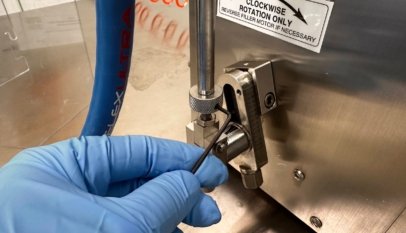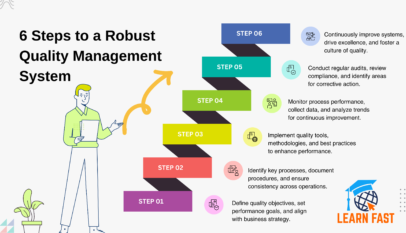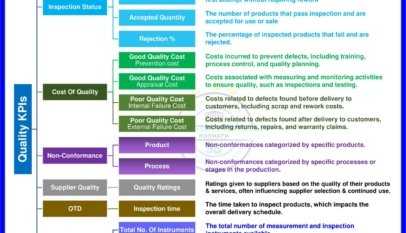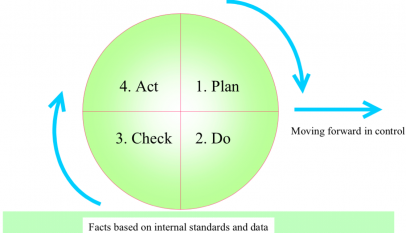Testing audits and inspections are all examples of quality control techniques used to assess the effectiveness and compliance of a system, product, or process.
Inspections are the visual evaluation of a process or product to ensure it complies with rules or requirements. This can be carried out either manually or with the use of automated inspection tools. Through making sure that quality requirements are met, inspections can be carried out at all stages of manufacturing, from raw materials to the finished product.
Testing examines a process or product using particular tests or experiments. Functional testing, performance testing, stress testing, and other kinds of testing can be used to confirm that a product or procedure complies with the necessary criteria.
To identify whether a process, product, or system complies with set standards, rules, or policies, audits systematically evaluate these elements. An organization’s workers may undertake internal or external audits (conducted by a third-party organization). An audit’s objectives include finding areas of non-compliance, exploring chances for improvement, and ensuring the system, process, or product is working effectively and efficiently.
In conclusion, testing, audit, and inspections are methods used to assure the quality and compliance of a process, a product, or a system. They are vital for risk management and continuous improvement.
















